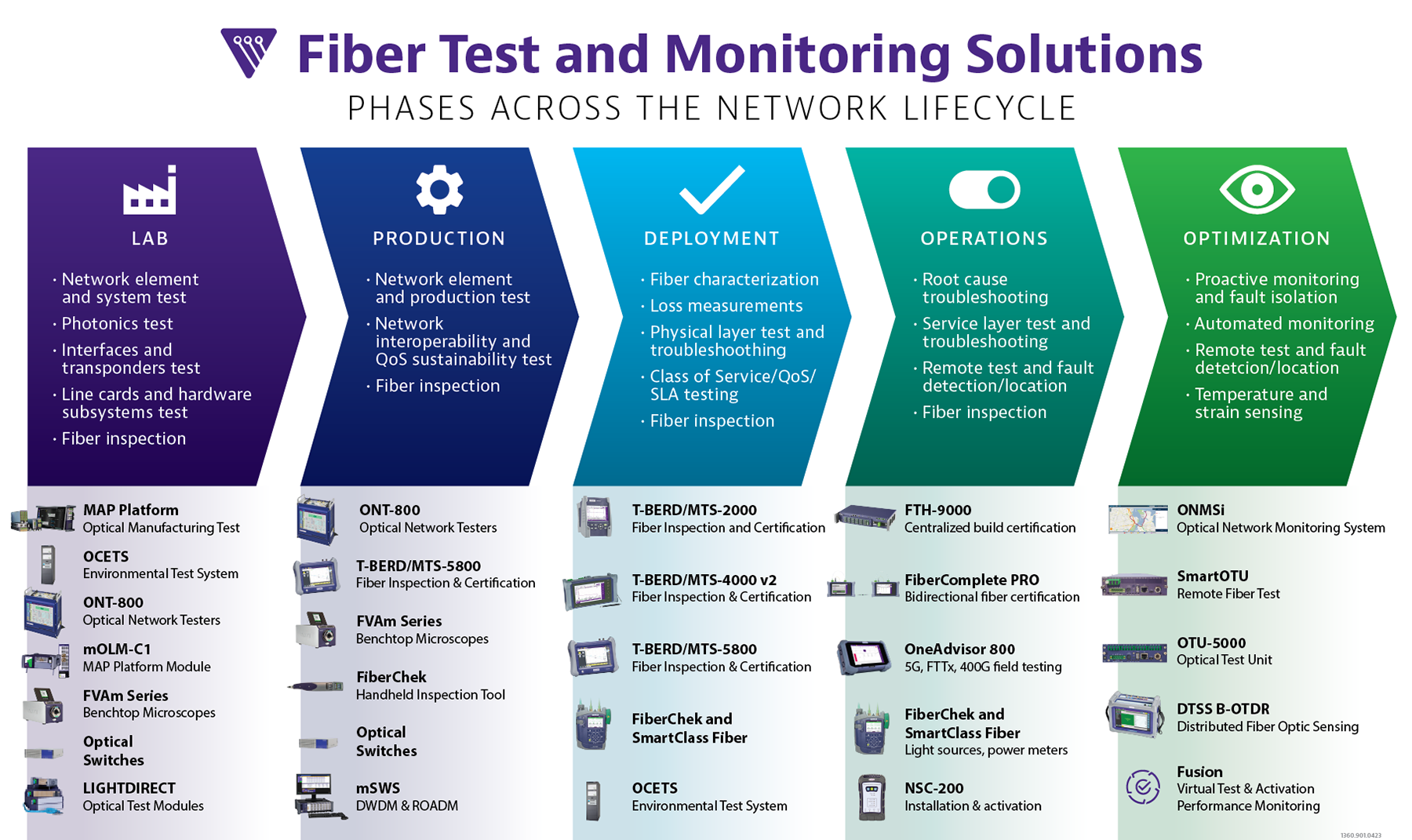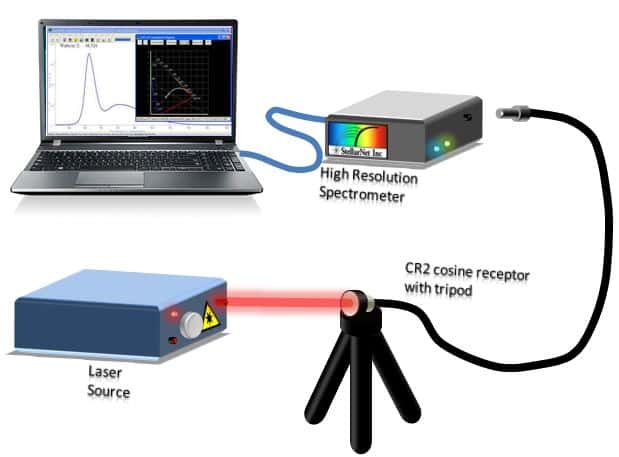High-Performance Optical Fibre Diameter Analyser for Specialized Applications
Maximize Your Fiber Optic Performance: Recognizing Optical Fiber Size Analyser Technology
The efficiency of fiber optic systems is critically affected by the accuracy of their size, an element typically overlooked in the search of ideal signal honesty. Recognizing the technology behind optical fiber diameter analysers exposes the elaborate equilibrium between measurement precision and manufacturing high quality.
Significance of Optical Fiber Size
The size of optical fibre plays an important role in determining the efficiency and performance of communication systems. On the other hand, smaller sized sizes often tend to support less modes, which can boost signal clarity and reduce crosstalk.

Moreover, understanding the size's ramifications can bring about cost savings by reducing the requirement for signal amplification and repeaters in extensive networks (optical fibre diameter analyser). In conclusion, the relevance of optical fibre diameter can not be overstated, as it straight impacts the overall efficiency and reliability of modern communication systems

Just How Diameter Affects Signal Quality
Signal quality in optical fibre systems pivots significantly on the diameter of the fiber. The size affects a number of key criteria, including depletion, transmission capacity, and modal diffusion. A smaller size can cause higher attenuation rates, resulting in signal loss as light travels via the fiber. This attenuation can compromise the integrity of the transmitted data, causing a decrease in signal quality, particularly over cross countries.
Conversely, bigger sizes generally permit boosted light capture and lowered modal diffusion, boosting signal clarity. In multimode fibers, a bigger core diameter can support several light settings, however it may also present intermodal dispersion, which can break down signal quality. Therefore, selecting the optimum fiber diameter is important for accomplishing the desired performance in certain applications.
Additionally, the communication between the fibre size and the wavelength of the light used plays a crucial duty in figuring out the effective transmission distance and general signal stability. Therefore, comprehending exactly how fibre diameter affects signal top quality is necessary for network developers and designers making every effort to maximize optical fibre systems for dependable, high-speed information transmission.
Review of Size Analyser Modern Technology
In many optical fibre manufacturing procedures, accurate dimension of fibre size is vital for making sure regular efficiency and quality (optical fibre diameter analyser). Diameter analysers are sophisticated tools made to evaluate the physical dimensions of optical fibers with high accuracy. They use sophisticated optical and laser technologies to gauge the diameter, ovality, and concentricity of the fibre, therefore providing essential information for high quality control
These analysers can operate in-line throughout the manufacturing procedure or as part of off-line testing protocols. In-line systems enable real-time tracking, enabling manufacturers to readjust criteria promptly, thereby preserving ideal production problems. Off-line analysers, on the other hand, give extensive evaluations of batches, guaranteeing that any kind of discrepancies from defined resistances are determined and dealt with.
Diameter analysers dramatically add to the go right here reduction of issues in optical fibres, improving total item reliability. By regularly determining vital criteria, these innovations facilitate conformity with industry standards and requirements. As the demand for high-performance optical fibers remains to increase, the duty of diameter analysers ends up being progressively vital in achieving the wanted high quality and efficiency standards in fibre optic systems.
Key Attributes of Fibre Size Analysers
Although various versions of fibre diameter analysers exist, they typically share several vital features that boost their performance and integrity. Among one of the most significant attributes is high-resolution measurement capacities, which make sure accurate diameter analyses, essential for preserving top quality control in fiber manufacturing. Additionally, many analysers include sophisticated optical sensors made to find minute variations in fibre diameter, thus giving indispensable information for procedure optimization.
An additional essential feature is real-time surveillance, enabling drivers to get prompt feedback on fibre size throughout the production process (optical fibre diameter analyser). This capacity helps with fast changes and lowers the possibility of issues. Several analysers additionally come furnished with straightforward user interfaces, allowing operators to quickly browse via information and settings outputs
Additionally, robust data storage and evaluation performances are important for tracking historic performance fads and guaranteeing conformity with sector standards. These features collectively add to the efficacy of fiber size analysers in maximizing fiber optic efficiency.
Ideal Practices for Fiber Optimization

First, routine calibration of optical fibre size analysers is essential. This ensures exact measurements and lessens potential discrepancies that might affect efficiency. Next, maintaining a clean working click for source environment is important; dust and impurities can result in indicate destruction.
Additionally, it is essential to choose fibers that meet specific application requirements. This entails assessing elements such as attenuation, data transfer, and ecological conditions. Correct installation methods must likewise be adhered to, including preventing sharp bends and too much stress, which can jeopardize fiber honesty.
In addition, employing innovative tracking systems can promote real-time efficiency analyses, allowing prompt identification of problems. Routine screening and maintenance need to be performed to guarantee that fibres remain within optimal operational specifications.
Finally, training employees on the most recent fiber optimization innovations and approaches will certainly improve their capacity to apply effective approaches. By following these finest techniques, organizations can considerably improve the efficiency and lifespan of he said their optical fiber systems, making sure reliable communication and data transfer.
Final Thought
In final thought, the integration of optical fiber size analyser technology is critical for making the most of fibre optic efficiency. By making certain exact dimensions of fiber dimensions, these analysers significantly enhance signal high quality and minimize losses throughout data transmission. Regular calibration and upkeep of the analysers are imperative to copyright ideal performance and compliance with industry standards. Ultimately, the application of this innovation facilitates boosted data transmission prices and reinforces signal integrity, contributing to the general effectiveness of fiber optic systems.
Signal high quality in optical fiber systems hinges considerably on the diameter of the fiber.In numerous optical fibre production processes, precise measurement of fibre diameter is crucial for ensuring constant efficiency and top quality. As the need for high-performance optical fibres continues to rise, the function of size analysers becomes increasingly crucial in attaining the desired high quality and efficiency requirements in fiber optic systems.
These attributes collectively add to the efficiency of fiber diameter analysers in enhancing fibre optic performance.
In conclusion, the integration of optical fibre diameter analyser technology is important for making best use of fibre optic efficiency.